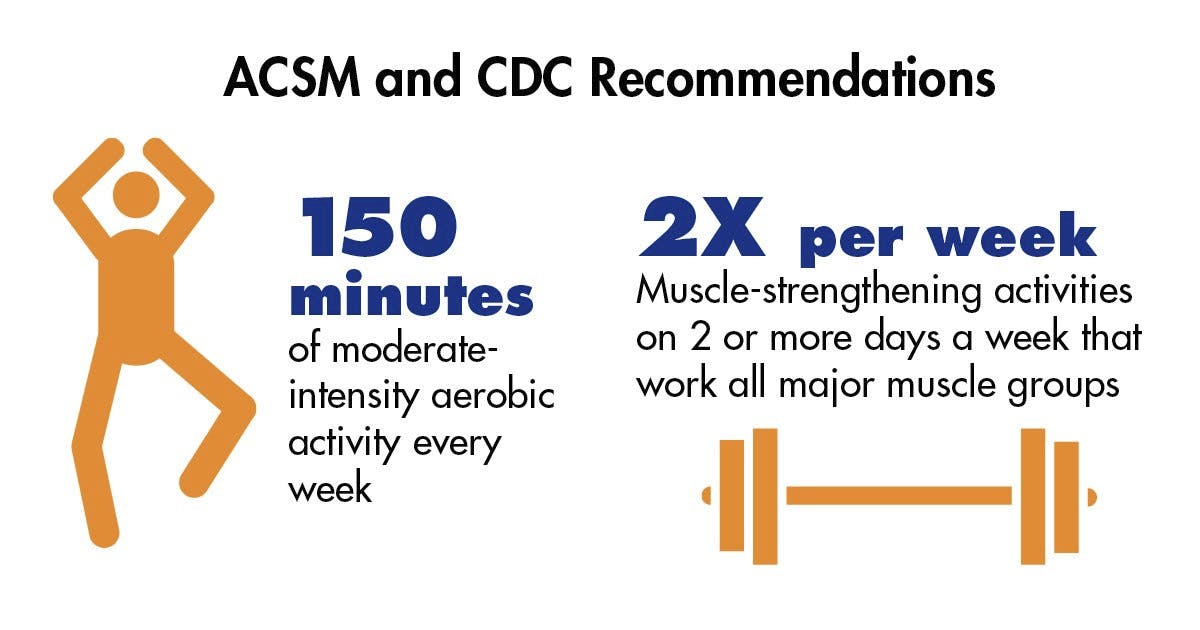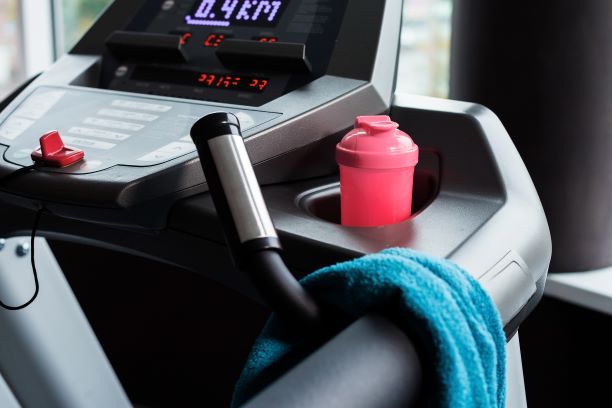Eight of every 10 people will experience back pain at some point. Most back pain comes in waves. Flare-ups are interspersed with periods with very little or no pain. You can manage how often and how severe each episode is by performing regular exercise. Many different types of exercise are helpful.
The overall health benefits of aerobic exercise are unquestionable. However, you may be unsure how aerobic exercise can help your back pain. This article discusses 3 types of aerobic exercise that can help you manage your back pain.
What is Aerobic Exercise?
By definition, aerobic means “with oxygen.” Aerobic exercise is typically performed at low to moderate intensities over an extended period. Your breathing and heart rate will increase as you exercise. This helps keep your heart, lungs, and circulatory system healthy. Aerobic exercise is any type of cardiovascular conditioning. It includes activities like brisk walking, swimming, running, or cycling.

The American College of Sports Medicine (ACSM) and the Center for Disease Control (CDC) recommend adults do at least 150 minutes of moderate physical activity each week. We usually recommend 30 minutes of aerobic exercise 5 days per week. The 30 minutes each day can be broken up into 2 to 3 shorter sessions totaling 30 minutes. Not only will this improve your health and fitness, but it will also help you manage your back pain.
Walking for Back Pain
The most commonly prescribed form of aerobic exercise for people with back pain is walking. It is human nature to walk. Yet, most of us spend an excessive amount of time sitting versus walking. Sitting increases stress on the discs in your lower back. Walking helps nourish and strengthen the discs, joints, and muscles of your spine.

A 2015 study published in the journal Pain compared the benefits of 3 different exercise programs for adults with at least 12 weeks of back pain. Participants performed a supervised walking program, group fitness classes, or supervised physical therapy. After one year, all 3 groups showed large improvements in pain, disability, and fear of movement. The participants who performed the walking program showed the best adherence and this treatment was the least costly.
This study helps establish guidelines for starting your walking program. You can begin your walking program with as little as three 10-minute walks per week. Start small and slowly progress your walking distances. It is helpful to use a step counter or tracker. Keeping a diary or log will allow you to track your progress and stay motivated. Your goal is to meet the 150 minutes per week recommended by the ACSM and CDC. How you structure the program is ultimately up to you.
Cycling for Back Pain
Walking is not the most enjoyable form of exercise for everyone. You may prefer cycling on the road, indoors, or in nature. Just like walking, cycling is a proven form of exercise that helps people with persistent low back pain. Older adults often prefer cycling but this form of exercise can be beneficial for people of all ages.

A 2003 study published in the Archives of Physical Medicine and Rehabilitation showed benefits to cycling in older adults with persistent back pain. Participants performed 12 weeks of cycling 3 times per week. After 12 weeks, physical function, mental health, and pain levels improved by 8% to 14%.
Another larger study published in Spine compared stationary cycling to Pilates in adults with persistent back pain. Pilates is another proven form of exercise for people with low back pain. Stationary cycling included slower steady-state intervals mixed with hills and sprints. Both groups showed clinically meaningful improvements in pain and disability after 8 weeks. Participants performing the Pilates exercise did slightly better. However, these results show that cycling 150 minutes per week is a viable strategy for people with persistent low back pain.
Running and Back Pain
Running gets a bad rap in many regards. Yes, running increases some stress on the structures of your spine. However, this does not imply that running is harmful to your back. Some studies show running is associated with a reduced incidence of low back pain.

A 2020 review of back pain in runners showed very low prevalence and incidence compared to the general population. This suggests running may be protective against pain. Further research is needed to prove this claim. However, this study does show heavier runners, taller runners, and runners with poor flexibility are at greater risk for developing pain.
If you have never run before and are bothered by pain, we do not suggest you start. Instead, start with a walking, swimming, or cycling program. However, if you are an experienced runner with back pain, keep running. The benefits far outweigh the risks in most instances. You might need to supplement your running with other forms of exercise such as resistance training, stretching, and core exercise.
Start Your Aerobic Exercise Today
The physical and mental health benefits of aerobic exercise are unquestionable. And many forms of aerobic exercise have also been proven effective at decreasing pain. The specific type of aerobic exercise is less important than the amount, frequency, and consistency. Choose the form of exercise that resonates most with you. Aim for the guideline-recommended total of 150 minutes per week. You can achieve this spread out over 3 to 5 days or more per week.
Call your physical therapist if you need help getting started.


